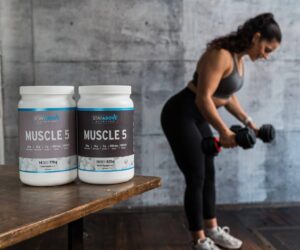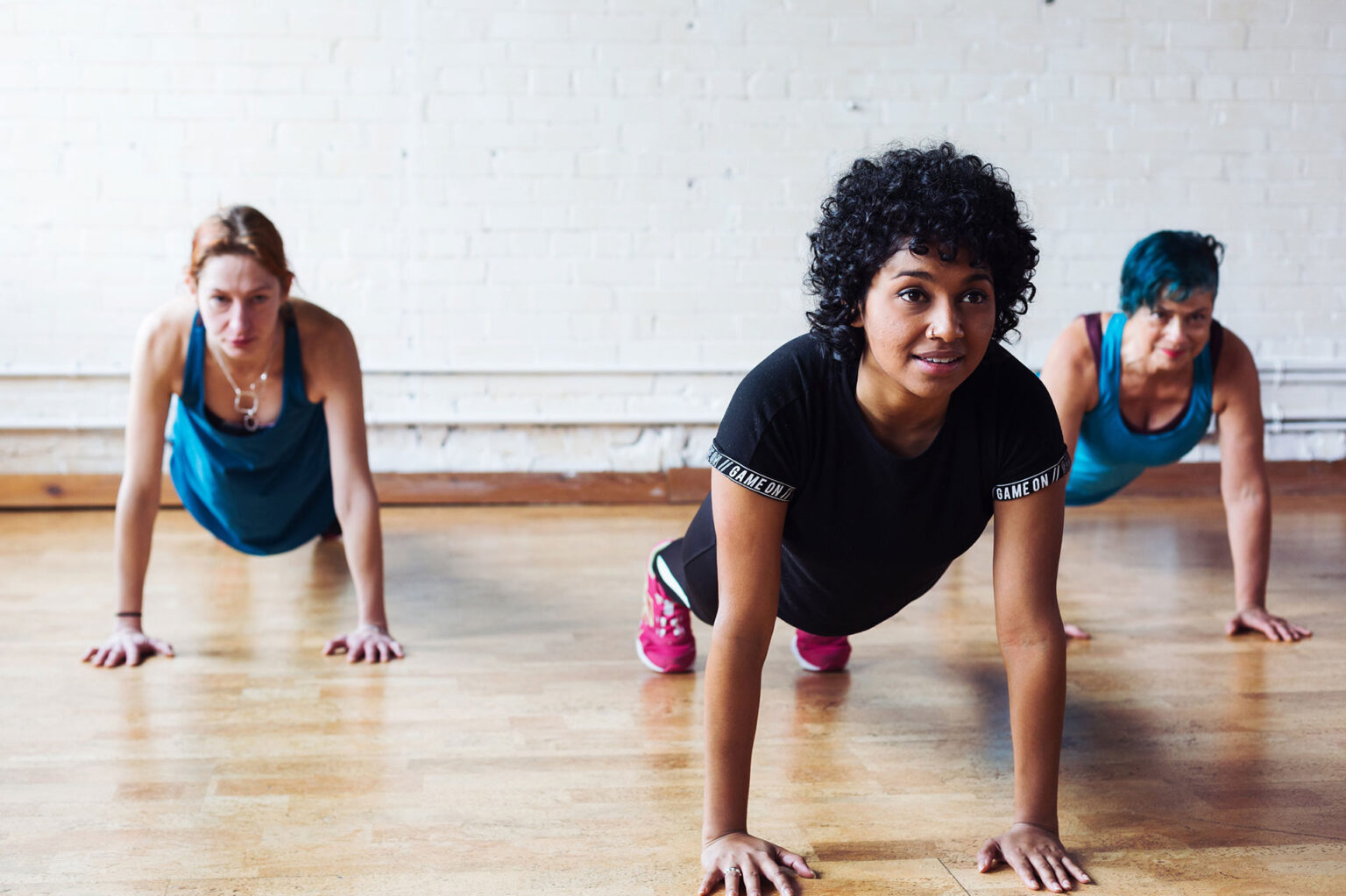

Congratulations on making the choice to become more physically active! The benefits of being physically active are endless, and include; enhanced health, extended life span, extended health span, reduced risk of death from disease, lower risk of nearly every cancer, stronger bones and muscles, reduced stress levels, and enhanced memory and cognition. This is also a great first step in improving your overall health and well-being, as it is well known that physical inactivity contributes to many health risks that both shorten ones lifespan and decrease quality of life.
Being physically active means making time for exercise and minimizing the sedentary behaviours of your everyday life. Some examples of minimizing sedentary behaviours include taking the stairs instead of the elevator, parking further away in the parking lot, or riding your bike to work. Humans are built for movement, after all!
The most important elements of starting your physically active journey are determining your goals, making a plan with a realistic timeline, and keeping track of your progress. These three points will make it easier for you to stay motivated and ultimately achieve your goals. Whatever your goals may be, introducing physical activity into your wellness routine will help you live a longer and healthier life.
So, where do you begin?
Generally, a minimum of 150 minutes of moderate-to-vigorous intensity aerobic exercise is recommended per week. This type of exercise, which is important for a healthy heart, includes brisk walking, jogging, running, cycling, swimming, and stair-climbing. The key for successful aerobic exercise is to maintain 60-90% of your maximal heart rate for the duration of your workout, which should last for anywhere between 10 minutes and one to two hours. On average, a successful aerobic exercise session lasts between 20 and 40 minutes. You can boost the benefits of your aerobic exercise session by doing high-intensity interval training (HIIT); repeated bursts of short-duration, high-intensity aerobic exercise broken up by short resting periods.
Additionally, you should aim to devote at least two days per week to whole-body strengthening exercises, which target your muscles, tendons, ligaments and bones. To build strength in all parts of your body, 4 to 6 lower body exercises and 4 to 6 upper body exercises should be done in each workout. Since safety and avoiding injury is important, focus on form, not weight. Start with a weight you can lift comfortably 12 to 15 times and work your way up. Repeat one exercise movement up to 20 times and take a one to two-minute break. This is an exercise ‘set’. Repeat each set 3 to 5 times before moving on to the next exercise (standard set method) or run through a circuit of exercises 3 times (circuit set method). While this type of exercise might be intimidating, hiring a certified trainer may be the level of engagement you need to make this a part of your active living routine! Another way to achieve your goal is to make a commitment friends or your partner and plan to workouts together. Some people find that doing the same type of activity motivates them, yet others like to mix up the type of activity. Whatever the strategy (music, friend, trainer), be sure to make a commitment that helps you to be compliant which will enhance your ability to meet your health and fitness goals.
For improved cardiovascular fitness, health and extended lifespan: Perform aerobic exercise such as brisk walking, jogging, running, snowshoeing, cross country skiing, elliptical, cycling, swimming, rowing, or stair-climbing 3 to 5 times per week (at least 150 minutes per week). This exercise should be done for at least 20 minutes at a moderate-to-vigorous intensity level (when it is just getting difficult to carry on a conversation), or 60% to 90% of your maximal heart rate (maximal heart rate = 220 – your age).
For improved muscle mass, bone health and strength: Perform whole-body resistance exercise at least twice per week. Aim for 3 to 6 lower body exercises and 3 to 6 upper body exercises per week, and perform 3-5 sets of 8-20 repetitions at 60-90% 1-repetition maximum. Your 1-repitition maximum is the maximum weight you can lift once for a given type of exercise. Generally, start with 1 set at 60 % of 1RM and gradually increase the sets and intensity till you achieve your goal and adjust the weight/intensity when you notice that things are becoming too easy (i.e., you can do 3 sets of 20 repetitions).
Disclaimer: Always consult a doctor prior to engaging in formal exercise, especially if you are new to exercising, elderly, or have an underlying medical condition.
If you are not satisfied with your purchase, please contact us at info@stayabovenutrition.ca. We will endeavour to improve your experience with our products.
Check out our FAQ for more information.
We currently ship our products anywhere within Canada. Purchases are typically processed and shipped within 48 hours. Depending on your location, items will arrive within 2-5 business days.
Check out our FAQ for more information.